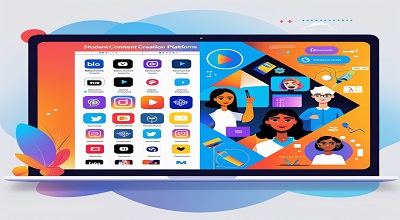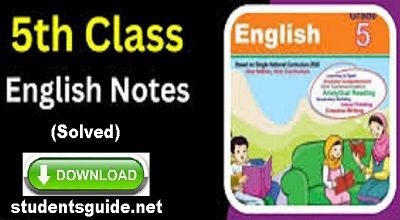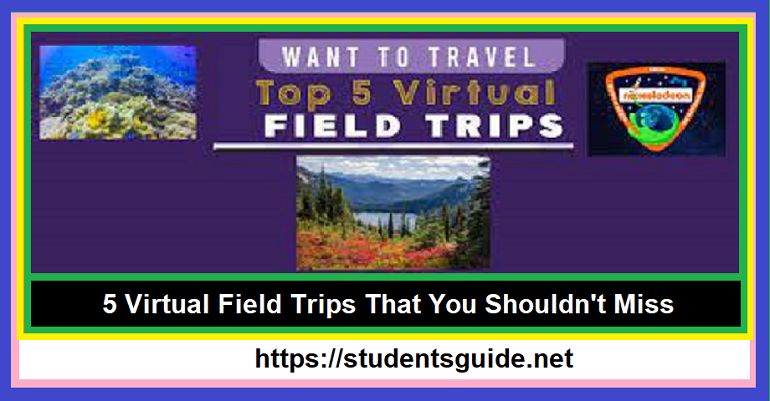Student Content Creation Platforms
Student Content Creation Platforms: In today’s digital age, content creation has become an essential skill for students. Whether for academic purposes, personal expression, or professional development, various platforms enable students to create and share their content effectively. This blog post explores the latest student content creation platforms, providing examples and insights into how students can leverage these tools to enhance their learning and creativity.
Understanding Content Creation for Students
Content creation refers to the process of generating ideas and producing material that can be shared with an audience. For students, this can include blogging, video creation, podcasting, and more. The rise of digital platforms has made it easier than ever for students to express their thoughts, showcase their talents, and engage with peers.
Importance of Content Creation
Creating content helps students develop critical skills such as writing, communication, and digital literacy. It also encourages creativity and self-expression, allowing students to explore their interests and share their unique perspectives with the world.
Types of Content Students Can Create
- Blogs: Written content that can cover a wide range of topics.
- Videos: Engaging visual content that can be shared on platforms like YouTube.
- Podcasts: Audio content that allows for in-depth discussions on various subjects.
- Social Media Posts: Short-form content that can reach a broad audience quickly.
Popular Student Content Creation Platforms
Blogging Platforms
Blogging is one of the most accessible forms of content creation for students. Here are some popular blogging platforms:
WordPress
WordPress is a versatile platform that allows students to create blogs with ease. It offers a range of themes and plugins to customize the blog’s appearance and functionality. Students can use WordPress to share their thoughts, projects, and experiences.
Blogger
Blogger is a user-friendly platform owned by Google. It is ideal for students who want to start blogging without any technical knowledge. With its simple interface, students can quickly set up their blogs and start sharing content.
Medium
Medium is a platform that focuses on quality writing and storytelling. Students can publish their articles and reach a community of readers interested in various topics. Medium also allows for interaction through comments and responses, fostering a sense of community.
Video Creation Platforms
Video content is increasingly popular among students. Here are some platforms that facilitate video creation:
YouTube
YouTube is the largest video-sharing platform, making it an excellent choice for students looking to create and share videos. Students can create channels to showcase their work, tutorials, or vlogs, reaching a global audience.
TikTok
TikTok has gained immense popularity for its short-form video content. Students can use TikTok to create engaging and creative videos, often incorporating trends and challenges to reach a wider audience.
Vimeo
Vimeo is a platform that caters to professional video creators. Students can use Vimeo to upload high-quality videos and showcase their projects in a more polished manner.
Podcasting Platforms
Podcasting is an excellent way for students to share their voices and ideas. Here are some platforms to consider:
Anchor
Anchor is a free podcasting platform that allows students to create, edit, and distribute their podcasts easily. It provides tools for recording and adding music, making it accessible for beginners.
Podbean
Podbean offers a user-friendly interface for students to create and host their podcasts. It also provides analytics to track listener engagement, helping students improve their content over time.
SoundCloud
SoundCloud is a popular platform for audio sharing. Students can upload their podcasts and reach a community of listeners interested in various topics.
Social Media Platforms
Social media is a powerful tool for content creation and sharing. Here are some platforms that students can utilize:
Instagram is a visual platform that allows students to share photos and videos. Students can create content around their interests, hobbies, or academic projects, engaging with followers through stories and posts.
Twitter is ideal for sharing short updates and engaging in conversations. Students can use Twitter to share their thoughts, connect with peers, and participate in discussions on various topics.
Facebook remains a popular platform for connecting with friends and sharing content. Students can create groups or pages to share their projects and collaborate with others.
Tips for Effective Content Creation
Creating content is not just about choosing a platform; it’s also about producing quality material. Here are some tips for students:
Know Your Audience
Understanding who your audience is will help tailor your content to their interests and needs. Consider what topics resonate with them and how you can provide value through your content.
Be Authentic
Authenticity is key in content creation. Share your genuine thoughts and experiences, as this will resonate more with your audience and foster a connection.
Stay Consistent
Consistency is crucial for building an audience. Create a content schedule that works for you and stick to it, whether it’s posting weekly or monthly.
Engage with Your Audience
Encourage feedback and interaction from your audience. Respond to comments, ask for opinions, and create content that addresses their interests.
Keep Learning
Content creation is an evolving field. Stay updated on trends, tools, and techniques to improve your skills and keep your content fresh.
Examples of Successful Student Content Creators
Student Bloggers
Many students have found success through blogging. For instance, a student might start a blog about their college experience, sharing tips on study habits, time management, and personal growth.
YouTube Creators
Students like Emma Chamberlain have leveraged YouTube to share their lives, fashion, and lifestyle tips, gaining millions of followers and turning their passion into a career.
Podcasters
Podcasts like “The College Info Geek Podcast” provide valuable insights for students, covering topics like productivity, study techniques, and career advice.
The Future of Student Content Creation
As technology continues to evolve, the landscape of content creation will also change. Emerging platforms and tools will provide students with even more opportunities to express themselves and connect with others.
Embracing New Technologies
Students should be open to exploring new technologies, such as virtual reality and augmented reality, which can enhance their content creation experience.
Building Personal Brands
Content creation allows students to build personal brands that can benefit them in their future careers. By showcasing their skills and interests, students can attract opportunities and connections in their desired fields.
FAQs
1. What are the best platforms for student blogging?
Some of the best platforms for student blogging include WordPress, Blogger, and Medium. Each offers unique features that cater to different needs and preferences.
2. How can students monetize their content?
Students can monetize their content through various methods, such as affiliate marketing, sponsored posts, and ad revenue on platforms like YouTube.
3. Is it necessary to have technical skills to create content?
While some technical skills can be helpful, many platforms are designed to be user-friendly, allowing students to create content without extensive technical knowledge.
4. How can students promote their content?
Students can promote their content through social media, collaborations with other creators, and engaging with their audience to encourage sharing.
5. What types of content are most popular among students?
Popular types of content among students include lifestyle blogs, educational videos, and podcasts that address relevant topics such as study tips and personal development.
Conclusion
In conclusion, student content creation platforms offer a wealth of opportunities for students to express themselves, develop skills, and connect with others. By leveraging these platforms and following best practices, students can create impactful content that resonates with their audience.





